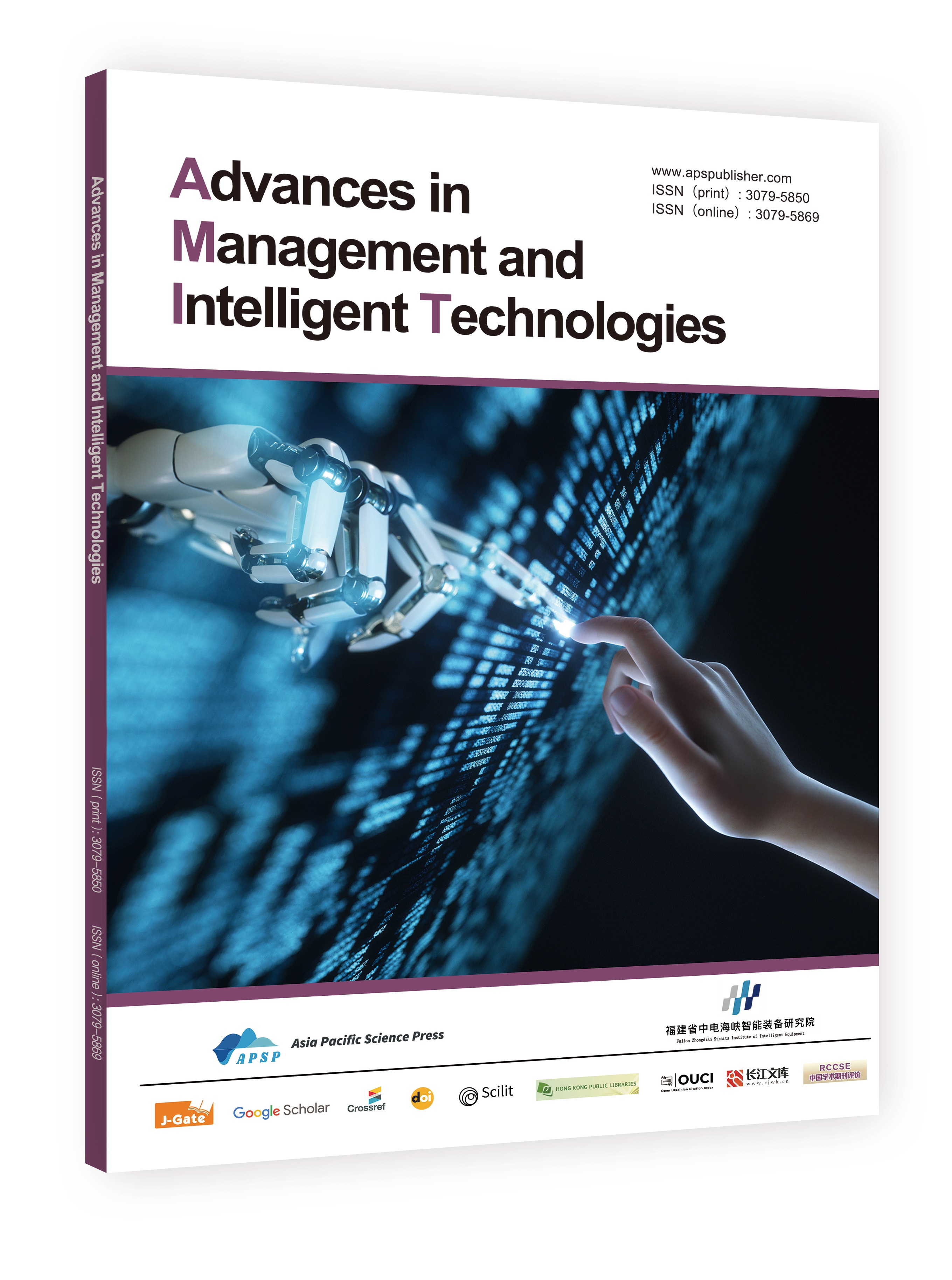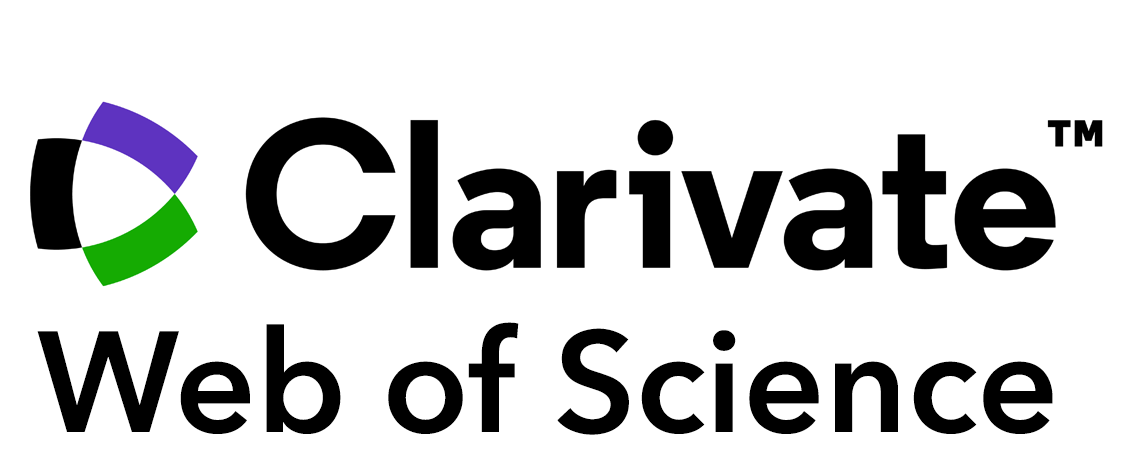The Path Mechanism of Government Behavior Promoting the Construction of Innovation Chain of Leading
DOI:
https://doi.org/10.62177/amit.v1i1.285Keywords:
Government Behavior, Construction of Leading Enterprise Innovation Chain, Path Mechanism, Case StudyAbstract
Promoting the construction of innovation chains in leading enterprises has become a crucial focus in China's new development stage. The government plays a pivotal guiding role in advancing this process. Based on government behavior theory, this study conducts an in-depth analysis of the representative case where Hefei municipal government facilitated BOE's innovation chain development, aiming to reveal the impact mechanisms of governmental actions on the formation of innovation chains in technology-leading enterprises. The findings demonstrate that: First, the construction of innovation chains in leading enterprises encompasses three dimensions - formation of internal links, establishment of external links, and creation of interconnected relationships between internal and external components. Second, the government constitutes the core driving force through three empowerment mechanisms: strategic guidance, innovation resource allocation, and institutional environment optimization. Third, key mediating factors include the government's role as chain coordinator, industry-academia collaborative projects, and digital innovation platform development. These conclusions provide theoretical foundations and practical pathways for optimizing governmental innovation chain governance models and improving industrial innovation chain cultivation mechanisms, contributing to both academic research and policy-making in innovation ecosystem development.
Downloads
References
Yin X M, Chen J, Jia B Y. Key Features and Strengthening Patch of the National Strategic S&T Strength Under the High-Level Self-Reliance and Self-Improvement Perspective [J]. Forum on Science and Technology in China,2021,(09):1-9.
Chen J, Xie Y X, Li Z D et al. The construction of the connotation and theoretical system of innovation chain in the New Era [J]. Studies in Science of Science,2025,43(02):278-290.
Li M Y. Deep integration of innovation chain and industrial chain: the perspective of industrial innovation service system[J]. Seeker,2023,(05):175-183.
Eisenhardt M D P J .Rotating Leadership and Collaborative Innovation: Recombination Processes in Symbiotic Relationships[J].Administrative Science Quarterly,2011,56(2): 159-201.
Wang X H, Chen Y S, Zhao M L Policy combination effect of scientific and technological achievements transformation in Chinese provinces and regions [J]. Studies in Science of Science,2024,42(09):1864-1876.
Yu Y Y, Yang Z. How to Promote the Effective Play of the Leading Enterprise's Innovation Chain: A Synergy Innovation Perspective Based on the New Pasteur Quadrant [J]. Nankai Business Review,2020,23(02):4-15.
Yang Z, Song M L, Xu S, Working Mechanism of Leading State-owned Enterprises' Innovation Chain with Institutional Complexity: Case Study of State Grid Cooperation in China[J]. Journal of Nanjing University (Philosophy, Humanities and Social Sciences),2021,58(06):84-98+161.
Song Y, Yuan C H, Zhang S M. How to break through key core technologies for leading equipment manufacturing companies [J]. Studies in Science of Science,2022,40(03):420-432.
Hong Y X. Analysis of the stages of scientific and technological innovation and their innovation value chains [J].Economist,2017,(04):5-12.
Li R H, Guan H Y. The Impacting Mechanism Study of Design Innovation on Manufacturing Enterprise Transformation and Upgrading [J]. Science & Technology Progress and Policy,2019,36(03):83-89.
Shao J Y, Yang Z, Wang T, et al. Research on the Structure Character and Collaborative Mechanism of Leading Enterprises' Innovation Chain [J]. Forum on Science and Technology in China,2023,(11):97-107.
Yang Z, Hua L, Yu Y Y, et al. Patterns of leading enterprises’ innovation chain: A multi-case analysis based on different innovation scenarios [J]. Journal of Management Sciences in China,2024,27(04):21-40.
Xu S, Sun J Y. Innovation Chain Patterns in Chinese Leading Firms:A Qualitative Meta-Analysis Study [J]. Modern Economic Research, 2023,(04):113-124.
Shao J Y, Sheng Z Y. The Cross-layer Nested Structure and Collaborative Mechanism of Leading-edge Enterprises' Innovation Chain: A Case Study of Huawei [J]. Science & Technology Progress and Policy,2022,39(18):67-76.
Song J, Bao C. Can Preferential Tax Policy Stimulate Chinese Enterprises Innovation?——A Study from the Perspective of Innovation Chain [J]. Journal of Nanjing Audit University,2023,20(01):60-67.
Bernini C., Cerqua, A., Pellegrini, G. Public subsidies, TFP and efficiency: A tale of complex relationships[J].Research Policy,2017,46:751-767.
Zhuang X D, Duan J S. Finish the Last Kilometer of Marathon of Industrial Innovation:Government Support and Achievement Transformation——Take High-tech Industry as an Example [J].I Journal of Industrial Technology and Economy,2021,40(06):19-27.
Hong J., Feng B., Wu Y., Wang L. Do government grants promote innovation efficiency in China’s high-tech industries?[J].Technovation,2016,57-58:4-13.
Greco M., Grimaldi M.,and Cricelli L.Hitting the nail on the head:Exploring the relationship between public subsidies and open innovation efficiency[J].Technological Forecasting and Social Change,2017,118:213-225.
Cai D R, Yu X. Research on Incubation and Growth of Innovation Ecosystem under “Architect” Transformation: Empirical Evidence From Zhuhai High-Tech Zone [J]. South China Journal of Economics,2022,(03):114-130.
He Z H, Chen S. The Cross-Level Adjustment Influencing Mechanism of Science and Technology Innovation Policies on Innovation Resources—Performance [J]. Science of Science and Management of S.& T.,2020,41(04):19-33.
Chen Y, Wang Y D, She M Y. Empirical Research on the Relationship among Economic Development with Mass Entrepreneurship and Innovation Investment and Environment [J]. Soft Science,2018,32(06):6-9+14.
McKelvey M, Ljungberg D. How public policy can stimulate the capabilities of firms to innovate in a traditional industry through academic engagement: The case of the Swedish food industry.[J].R & D Management, 2017, 47(4): 534-544.
Zhang Y F, Yuan C H, Zhang S M. Research on the Influence of Co-Founding Industry-University-Research Innovation Entities on High-Tech SMEs’ Innovation Performance [J]. Chinese Journal of Management,2023,20(01):76-85.
Gao X, Cao J Q, Bao L L. The impact of openness heterogeneity of industry-university-research cooperation on the innovation performance of firms [J]. Science Research Management,2021,42(09):112-119.
Downloads
Issue
Section
License
Copyright (c) 2025 Yang Zhang

This work is licensed under a Creative Commons Attribution-NonCommercial 4.0 International License.

















